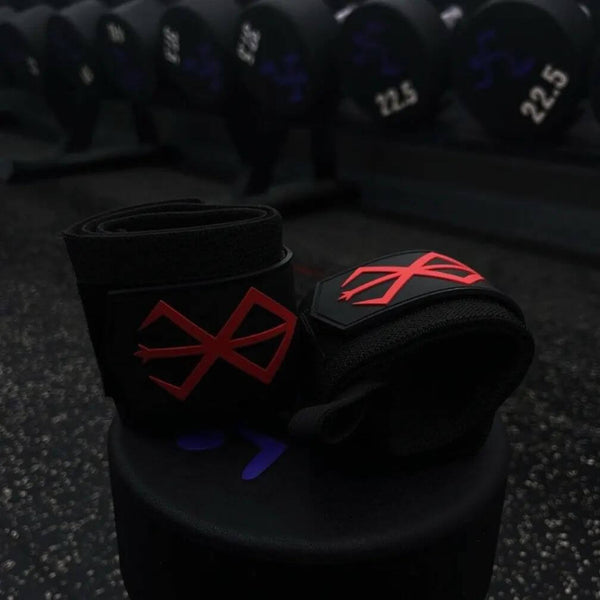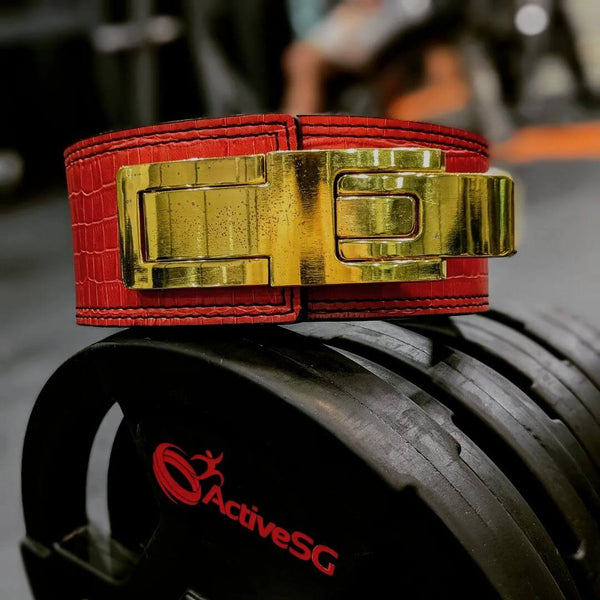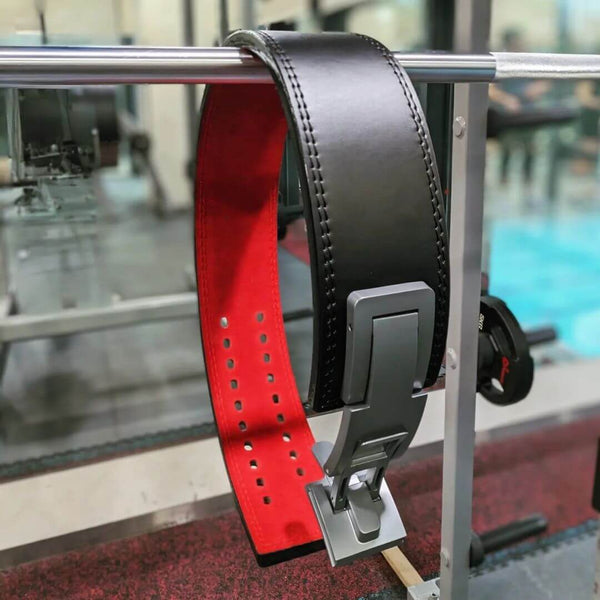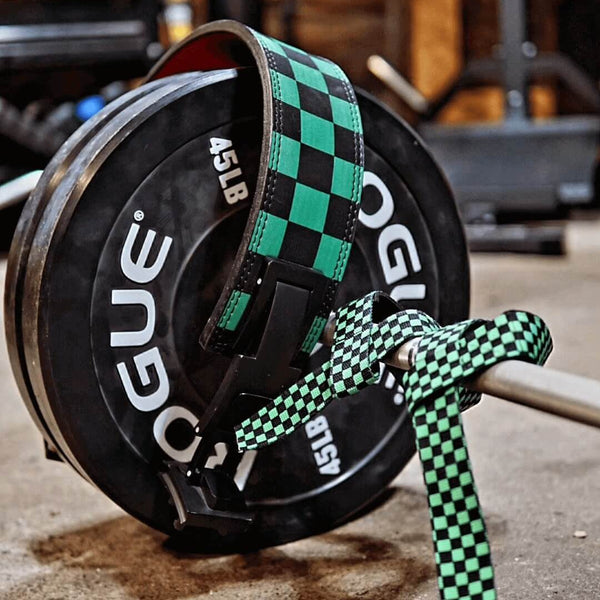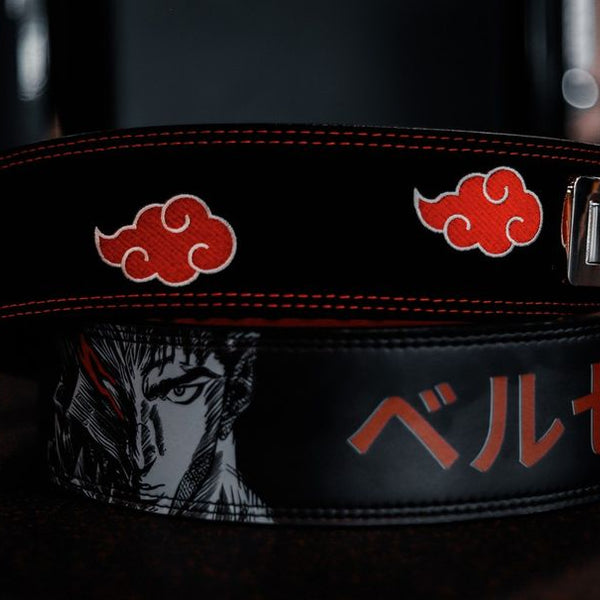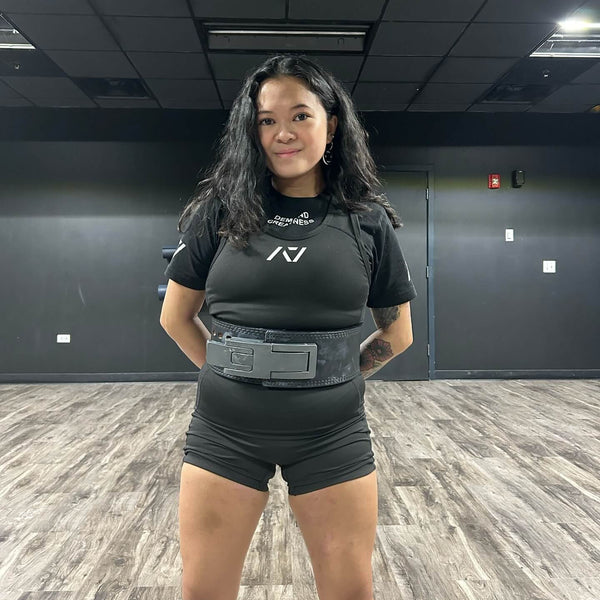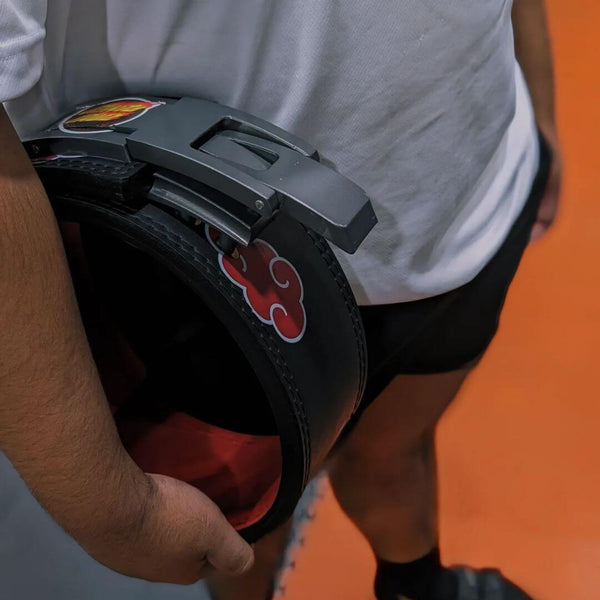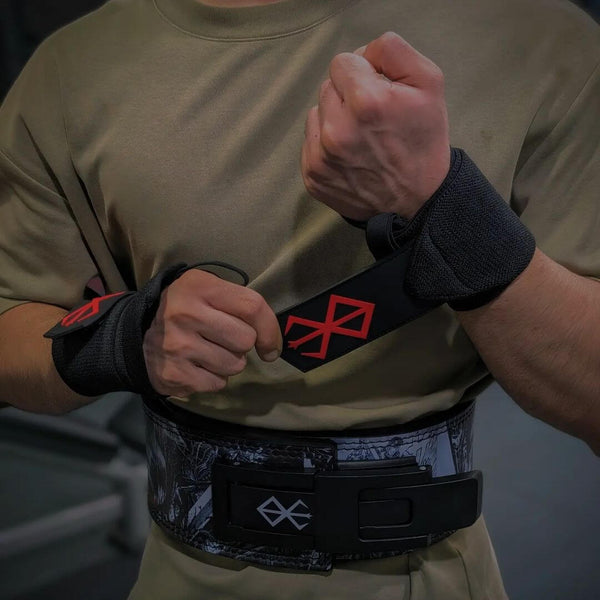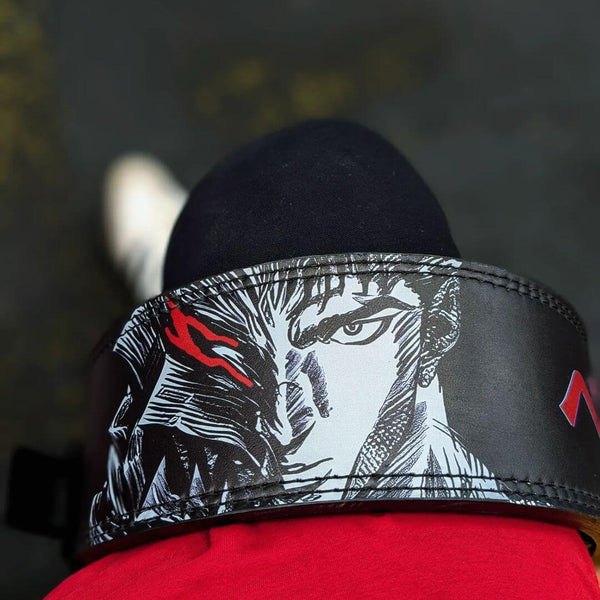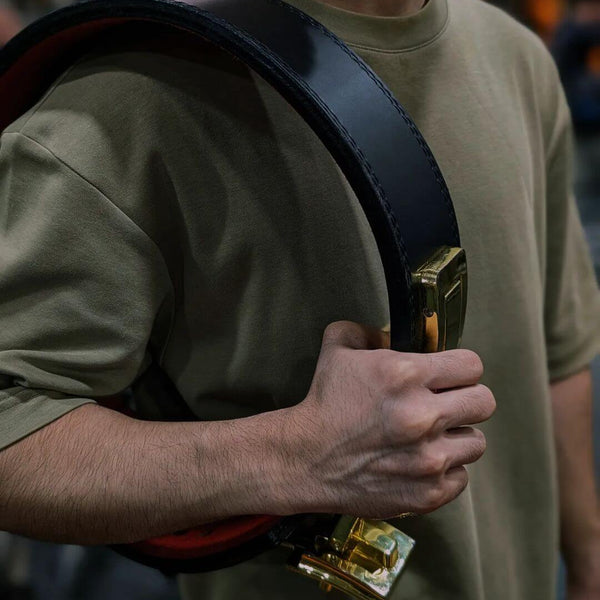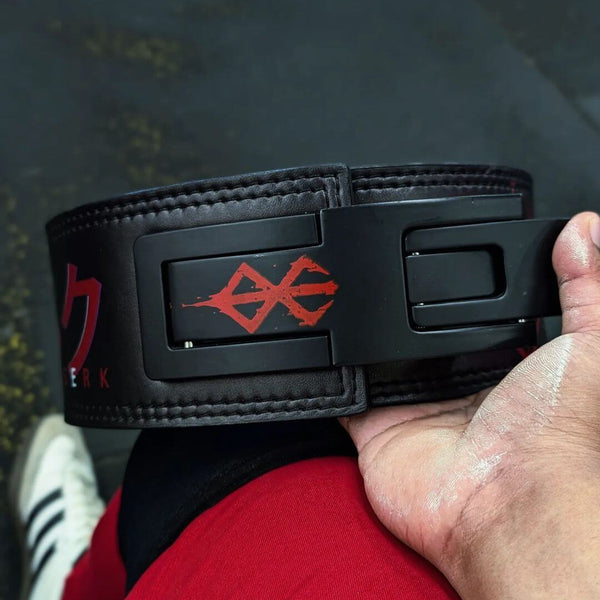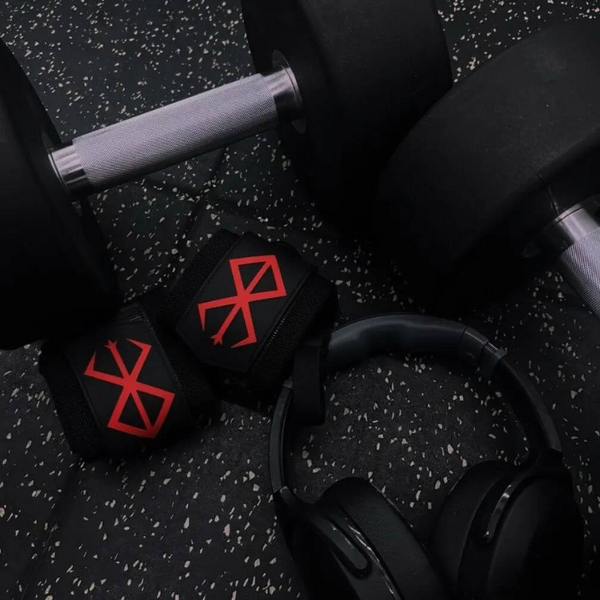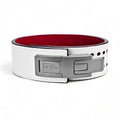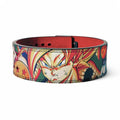Welcome to the first episode of our weightlifting belt series. In this episode, we will be sharing the differences between 10mm and 13mm weightlifting belts and which one is suitable for beginners as well as professional athletes.
Weightlifting belts are essential for any serious lifter, and choosing the right one is crucial for your safety and performance. The most common weightlifting belts available on the market are 10mm and 13mm, but what is the difference between them?
Firstly, the thickness of the belts plays a vital role in their function. The 13mm belt is thicker, making it stiffer and more rigid. This rigidity provides excellent support for the spine and core during heavy lifting exercises such as squats and deadlifts. On the other hand, the 10mm belt is less stiff, more flexible, and better suited for lifts that require more movement, such as Olympic weightlifting exercises like the snatch and clean and jerk.
Research shows that the thickness of a weightlifting belt can significantly impact muscle activation and joint moments during lifts. A study by Salehi et al. (2014) found that wearing a weightlifting belt during a squat lift resulted in increased trunk and leg muscle activation and decreased lumbar spine motion. Additionally, a study by Jukic and Tufano (2021) found that the condition of the weightlifting belt affected core muscle activation and lumbar spine motion during a maximal squat lift.
So, which one should you choose as a beginner or a professional athlete? For beginners, it is recommended to start with a 10mm belt as it provides enough support while allowing for more flexibility and movement. As you progress and lift heavier weights, you can switch to a 13mm belt to provide greater support and stability. Professional athletes may opt for the 13mm belt as they require maximum support and stability during their lifts.
In conclusion, choosing the right weightlifting belt is crucial for your safety and performance during certain exercises. The 10mm and 13mm belts are the most common, with the former being suitable for beginners and lifts that require more movement, and the latter being better suited for professional athletes and heavier lifts.
Stay tuned for our next blog post, where we will be discussing the different types of weightlifting belts available, such as prong and lever belts, and the benefits of each!
Sources and Citations:
-
Pinto, R. S., Gomes, N., Radaelli, R., Botton, C. E., Brown, L. E., & Bottaro, M. (2012). Effect of range of motion on muscle strength and thickness. Journal of Strength and Conditioning Research, 26(8), 2140-2145. https://doi.org/10.1519/JSC.0b013e31823f2b05
-
BarBend. (2019, June 25). Weightlifting belts: Why you need one, how to use it, and when to ditch it. https://barbend.com/weightlifting-belts/
-
International Powerlifting Federation. (n.d.). The IPF rulebook. https://www.powerlifting.sport/fileadmin/ipf/data/rules/technical-rules/english/IPF_Technical_Rules_2022_bookmarked.pdf
-
International Weightlifting Federation. (2022). IWF technical and competition rules & regulations. https://www.iwf.net/wp-content/uploads/downloads/2022/01/IWF-TCRR-2022-ENGLISH-3.pdf
-
Jukic, I., & Tufano, J. J. (2021). Effect of different weightlifting belt conditions on core muscle activation and lumbar spine motion during a maximal squat lift. Journal of Strength and Conditioning Research, 35(1), 60-67. https://doi.org/10.1519/JSC.0000000000002931
-
Salehi, A., Choobineh, A., & Lahmi, M. (2014). The effect of wearing a weightlifting belt on trunk and leg muscle activity and joint moments during squat lift. Journal of Applied Biomechanics, 30(6), 685-691. https://doi.org/10.1123/jab.2013-0255
-
Sato, K., Fortenbaugh, D., Hydock, D., & Heise, G. (2019). Comparative effects of different belt types on intra-abdominal pressure and lumbar spinal movement during the isometric maximal voluntary contraction of the back muscles. Journal of Strength and Conditioning Research, 33(2), 340-346. https://doi.org/10.1519/JSC.0000000000001934
-
Sugisaki, N., & Kobayashi, H. (2020). Comparison of muscle activity during squatting exercises using different types of belts. Journal of Physical Therapy Science, 32(10), 640-643. https://doi.org/10.1589/jpts.32.640

